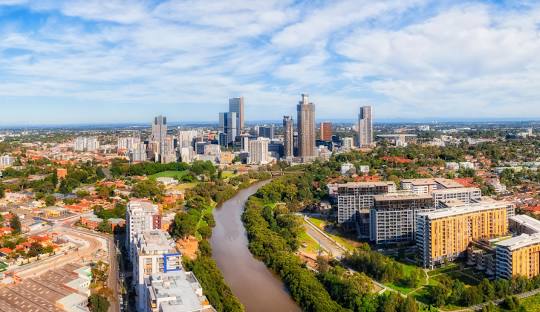
Parramatta’s Journey: From Colonial Farmland to Modern Urban Powerhouse
Posted by Parramatta Pressure Cleaning on
Parramatta’s layered history showcases its transformation from a colonial experiment in agriculture to a modern hub of innovation and urban growth. In 1789, Governor Arthur Phillip took a critical step toward solving the colony's food crisis by granting land to convict James Ruse at what became known as Experiment Farm. Ruse became the first European in Australia to successfully cultivate grain, marking the beginning of sustainable agriculture in the colony. Around the same period, John Macarthur's Elizabeth Farm in the Parramatta area helped establish the foundation of Australia’s wool industry during the 1790s.
An early written glimpse of the region comes from Philip Gidley King, who, in 1790, walked with Governor Phillip from Parramatta to Prospect and described rolling grasslands, scattered towering trees, and sightings of native kangaroos and emus—evidence of a landscape still largely untouched by colonial development.
However, Parramatta was not untouched by conflict. In March 1797, the town was the site of the Battle of Parramatta, a pivotal event during the Australian frontier wars. Pemulwuy, a Bidjigal warrior and Eora leader, led an estimated 100 Aboriginal fighters in an attack against the British settlers. The town's military garrison initially retreated, and Pemulwuy briefly held control of the area before being wounded. The following year, he launched another attack on a government farm in Toongabbie, continuing his resistance against colonial encroachment.
Governor Phillip established his own modest residence in Parramatta, which was later replaced by a more substantial Government House in 1799. Between 1815 and 1818, Governor Lachlan Macquarie significantly expanded the residence. Today, this structure is the oldest surviving Government House in Australia, used regularly by colonial governors until the mid-19th century.
Parramatta is also remembered for one of colonial Australia’s most bizarre events. In 1803, a convicted murderer, Joseph Samuel, survived three separate hanging attempts—two due to breaking ropes and one because the noose slipped. Viewing the repeated failures as divine intervention, Governor King pardoned him on the spot, creating one of Australia’s earliest recorded cases of a miraculous reprieve.
In 1814, Governor Macquarie opened a school in Parramatta for Aboriginal children in a gesture aimed at fostering relations between Indigenous people and European settlers. Though the school was later moved to an area now known as Blacktown, it represented one of the first formal attempts at Indigenous education in the colony.
Following Federation, Parramatta continued its rise. It was gazetted as a city in 1976 and officially designated as a suburb in 1994. The late 1990s saw the emergence of Parramatta’s first skyscrapers, and by the early 2000s, it had become a booming center for commerce and residential development.
The momentum continued into the 21st century. On 20 December 2024, a major infrastructure milestone was reached with the completion of the first stage of the Parramatta Light Rail, a transformative project aimed at enhancing connectivity and supporting the area’s expanding population and economy.
Parramatta’s evolution from Aboriginal heartland and colonial outpost to a modern metropolis is a testament to its resilience, cultural importance, and strategic significance in shaping Sydney’s west and Australia’s broader urban landscape.